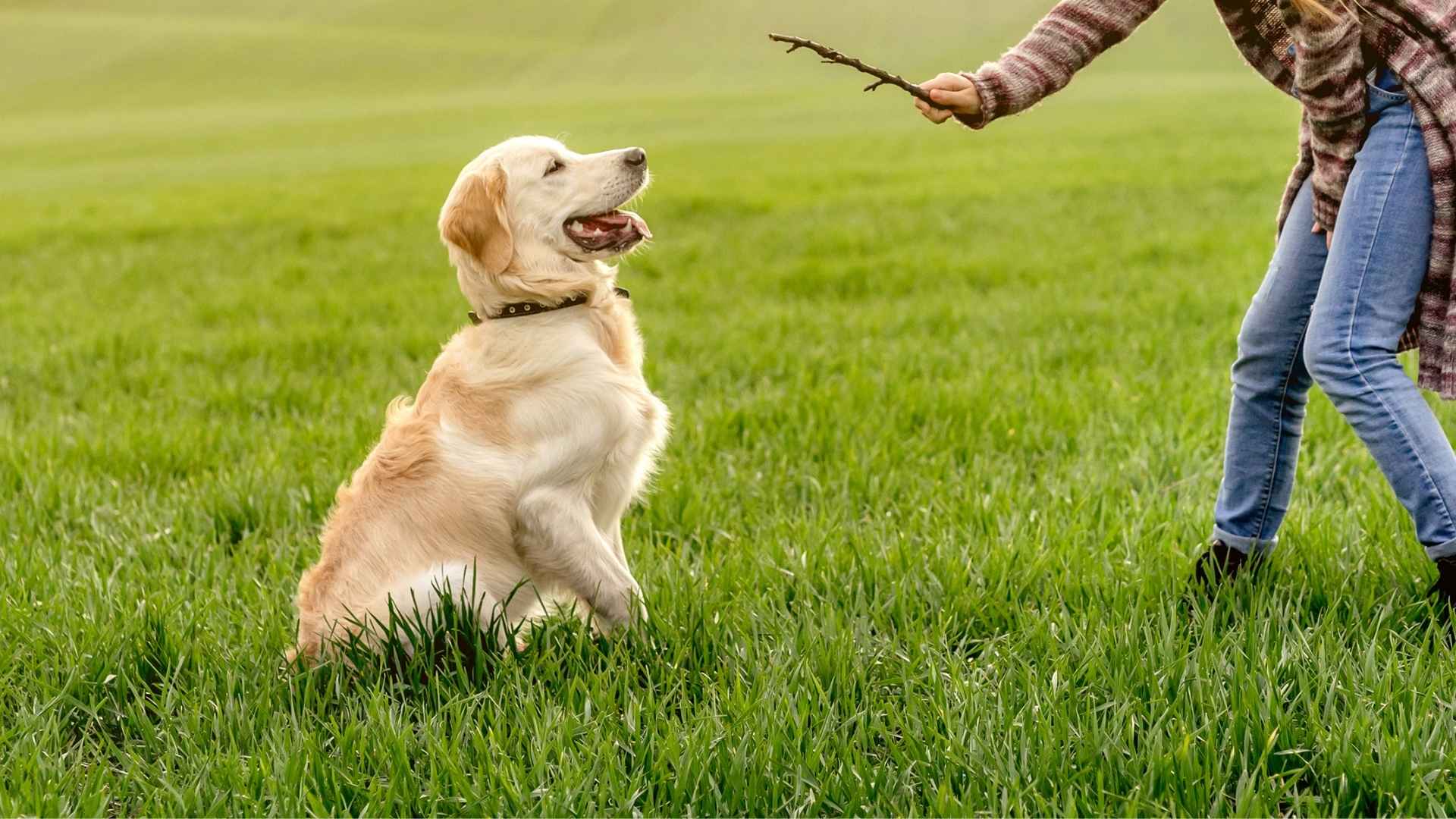Looking for a dog that’s smart—but not too smart? One that will learn commands without outsmarting you at every turn? You might be in the market for a dog with average trainability—the sweet spot where learning is fun, progress is steady, and personality shines through. These dogs aren’t total pushovers but are also not so independent or intense that training becomes a full-time job.
Breeds with average trainability tend to be responsive and eager to please but may need more consistency or creativity during training. They learn best through positive reinforcement, patience, and repetition, and they usually love bonding with their humans. They often come with charming quirks that make training a unique adventure.
In this blog, we’re diving into 9 dog breeds that sit comfortably in the middle of the trainability scale. Whether you’re a first-time owner or want a dog that’ll learn without turning into a drill sergeant, these breeds are balanced, engaging, and full of character.
Dog Breeds with Average Trainability
1. Golden Retriever
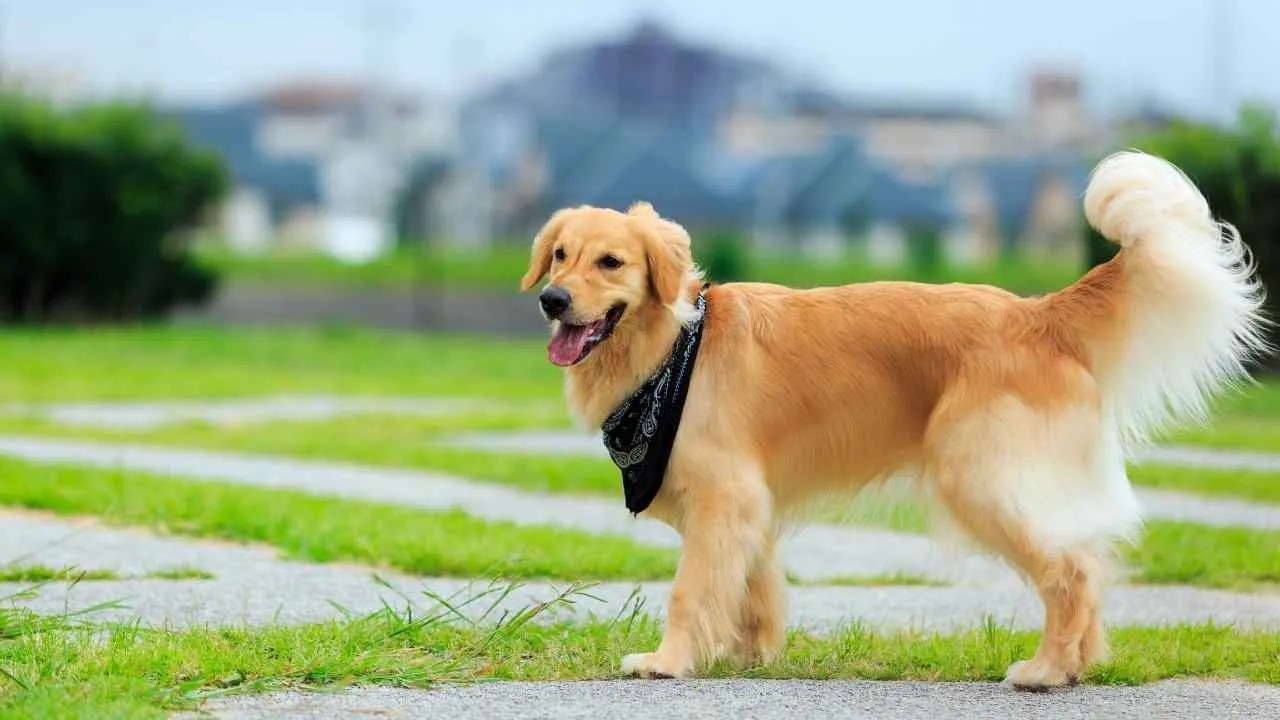
Golden Retrievers are known for their sunny personalities and eager-to-please attitude, which gives them a reputation for being highly trainable.
But here’s the twist: while they are obedient and friendly, their enthusiastic nature can distract them, especially when they’re young. That’s why they fall into the “average to high” trainability zone.
They love to work with humans and respond well to praise and treats.
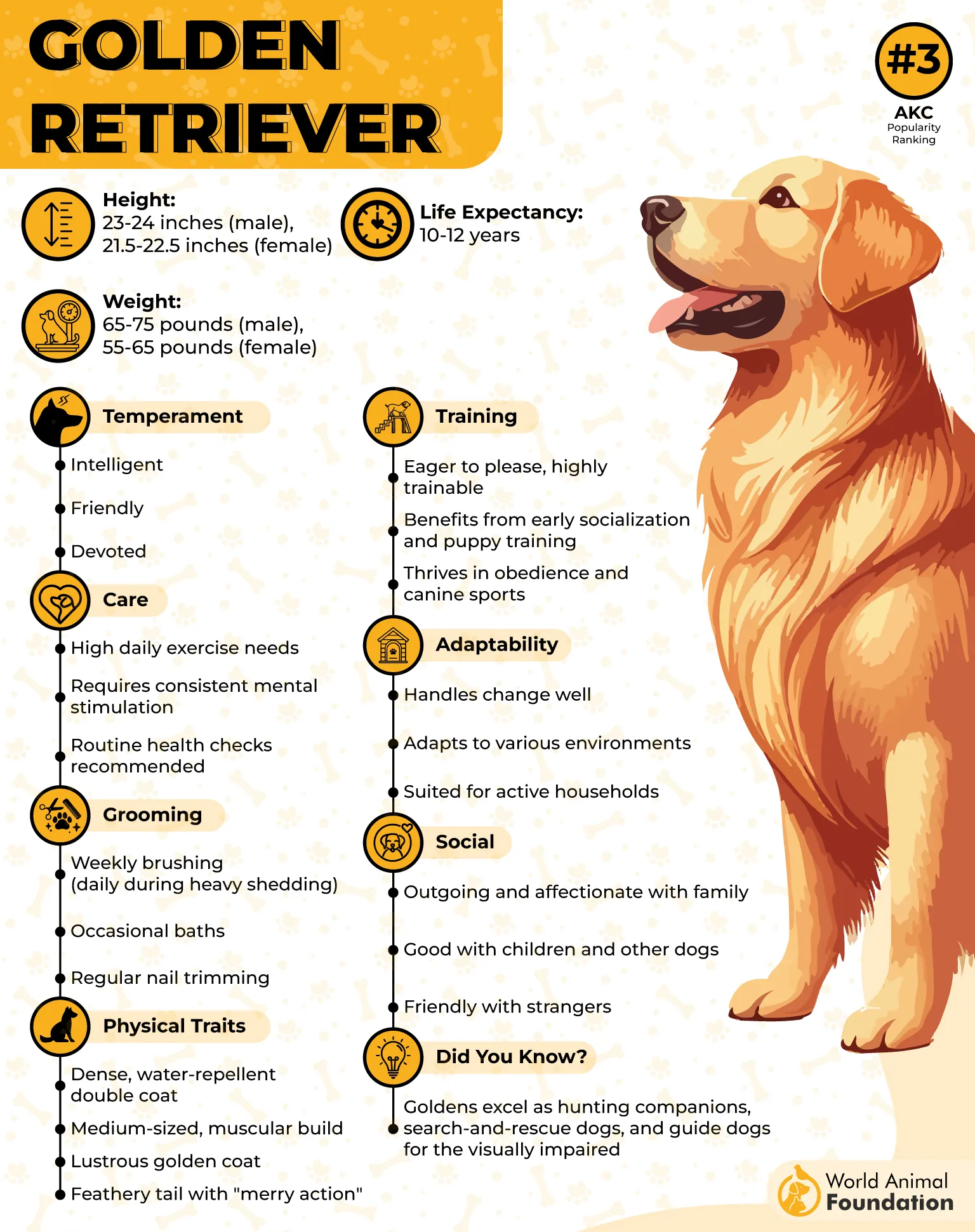
While they’re often seen as the ultimate family dog, many people don’t realize how athletic and competitive Goldens can be. They’re not just smart and eager to please — they’re also physically capable, agile, and highly trainable, making them a top contender in various dog sports.
However, their puppy stage can be a whirlwind of energy and excitement, sometimes making it hard for them to focus. With consistent training and patience, Goldens quickly learn commands and even excel in therapy, service, and obedience roles.
Their emotional intelligence is off the charts, making them sensitive to tone and body language. This also means harsh training can shut them down, so positive reinforcement is key. Golden Retrievers are wonderful learners, but they might chase a butterfly mid-session.
2. Labrador Retriever
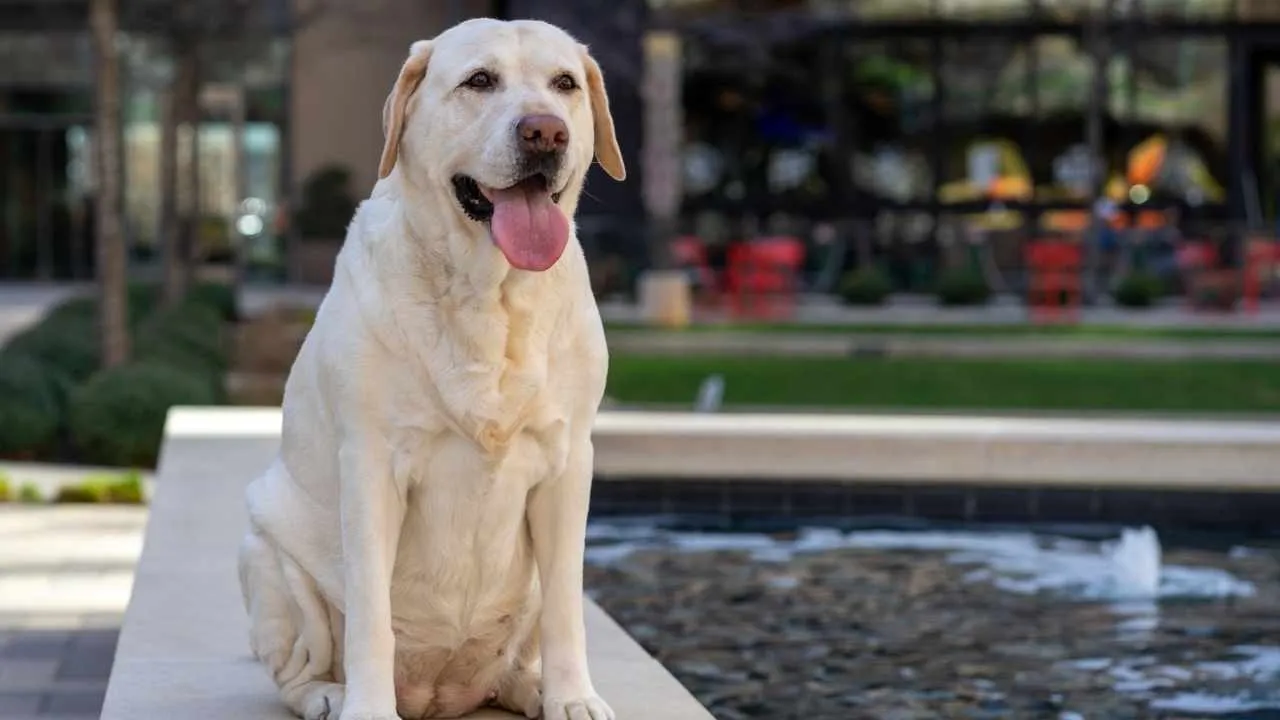
Labrador Retrievers are America’s favorite dog for a reason—they’re smart, friendly, and love being part of the action. While Labs are often seen as quick learners and one of the trainable dog breeds, their playful and food-obsessed personalities can make training fun and a little chaotic.
Labs respond very well to positive reinforcement and are eager to earn rewards, especially treats. However, their excitement and energy levels, especially as adolescents, can make them distracted or goofy during training.
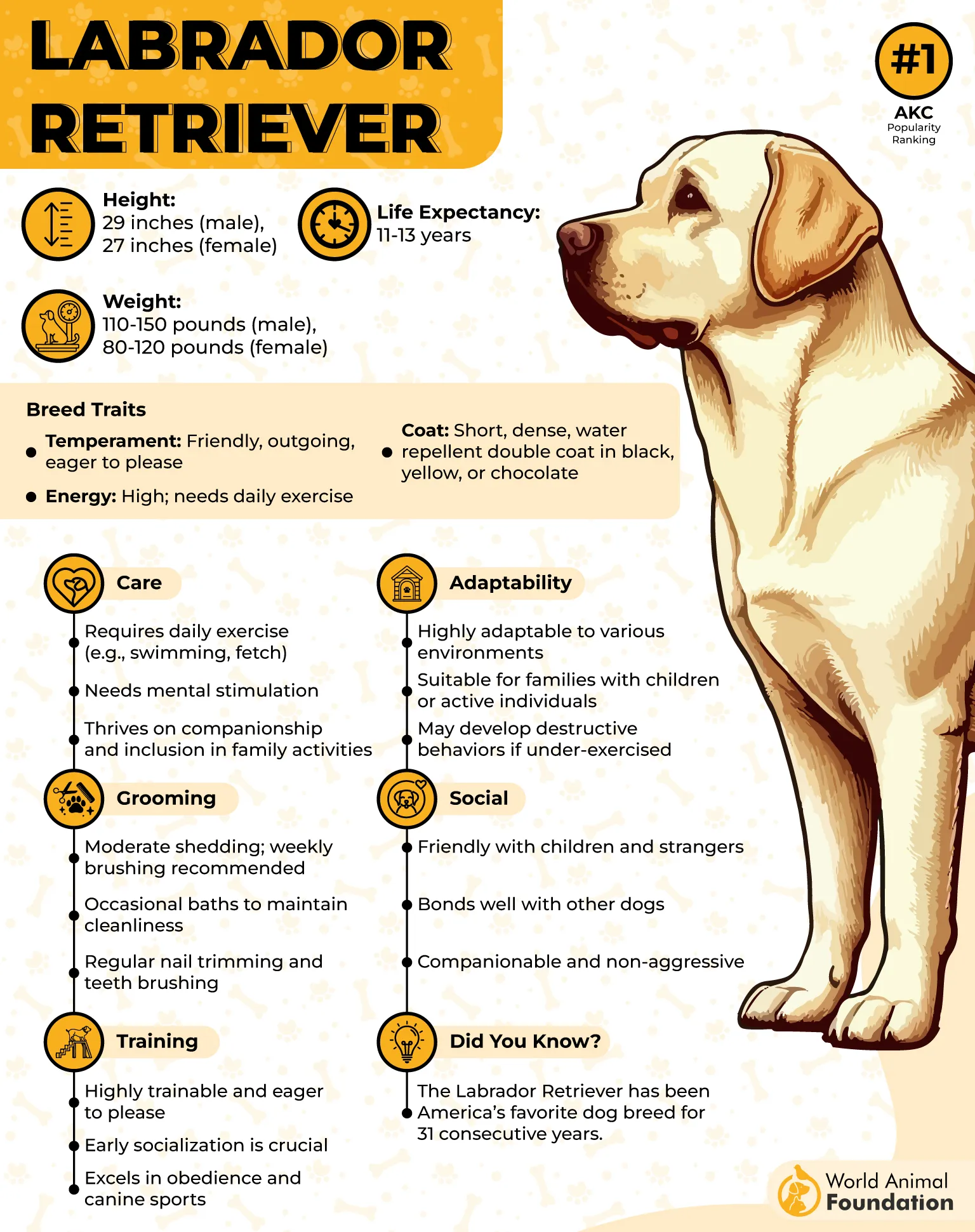
This doesn’t make them difficult to train—it just means they need structured sessions with clear goals.
This dog combines agility and obedience in a fast-paced format that they love.
Once you channel their enthusiasm, Labs can learn a wide range of commands and complex tasks. They thrive when training feels like play, and they love routines.
For many owners, the key is consistency, obedience training, and managing those adorable “zoomie” moments that often interrupt sit-stay practice.
3. Vizsla

The Vizsla is an elegant, high-energy breed often described as a “velcro dog” because of how tightly they bond with their humans. That loyalty translates well to training, as long as you’re consistent and active. This popular dog breed is highly sensitive, which can be a blessing and a challenge in training.
They are quick learners when motivated, as WebMD says, but their energy and need for close companionship mean they can become anxious or easily distracted. Training works best when paired with physical activity, like jogging, swimming, or agility, which helps them burn off steam and stay focused.
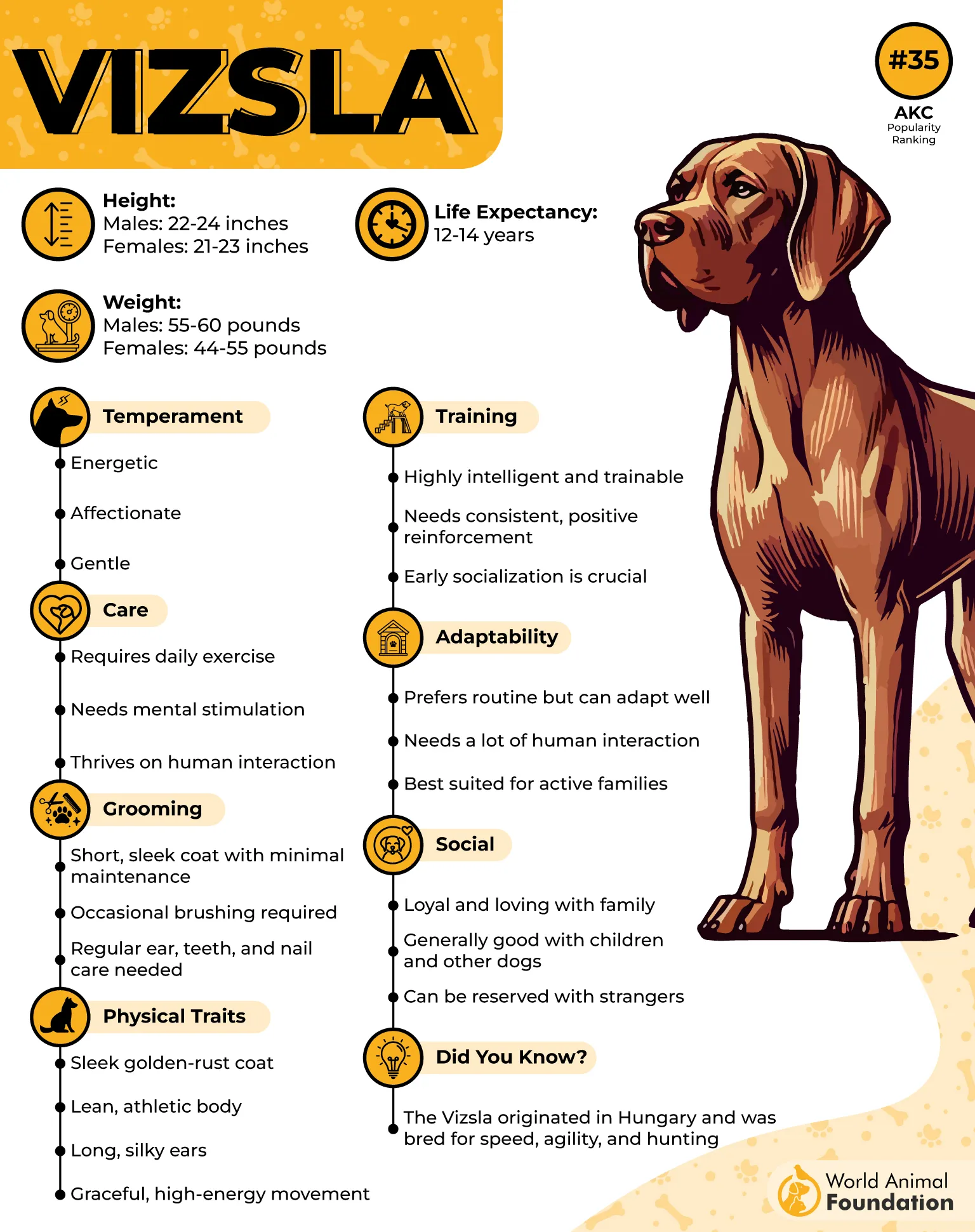
Positive reinforcement and patience are essential. Harsh correction can cause them to shut down, but encouraging guidance builds trust and engagement.
These great family dogs do best with experienced or active owners who can provide mental and physical structure. They’re trainable, but expect a training partner, not just a teacher.
4. English Springer Spaniel

English Springer Spaniels are cheerful, affectionate, and always ready to go.
They were originally bred for flushing game, which means they have a strong work ethic and a natural eagerness to please. But their friendly enthusiasm sometimes makes them a bit impulsive during training.
Springers can be excellent learners when you use positive techniques and offer consistent structure. They love being involved in everything their humans do, so training is often seen as bonding time.
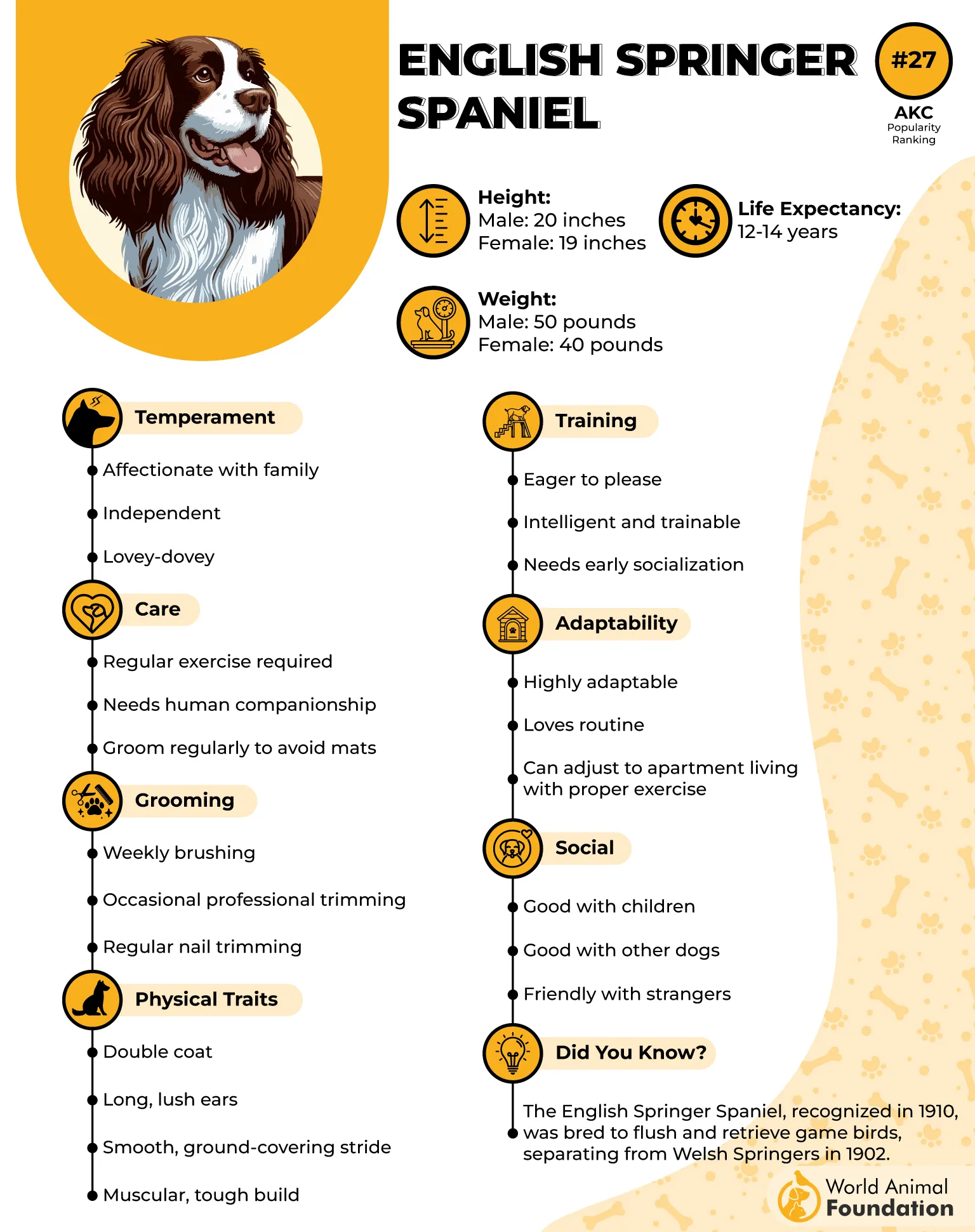
However, PetPlan mentions that they may become overexcited or distracted in stimulating environments, especially outdoors, where birds or scents call.
This smart dog breed responds well to reward-based training and thrives when given a job or challenge. They’re not stubborn, but their occasional lack of focus puts them squarely in the average trainability range.

With the right balance of exercise, engagement, and calm reinforcement, this well-trained dog is a fun, capable learner.
5. Keeshond

Keeshonds are known for their striking “spectacles” and thick coats, but they’re also one of the more adaptable Spitz breeds when it comes to trainability. While they’re not as intensely driven as some working breeds, they are intelligent, alert, and eager to make their owners happy.
AKC says they enjoy learning and do well in obedience and agility with the right encouragement. However, they can be a bit vocal and may have an independent streak, leading to selective hearing during training.
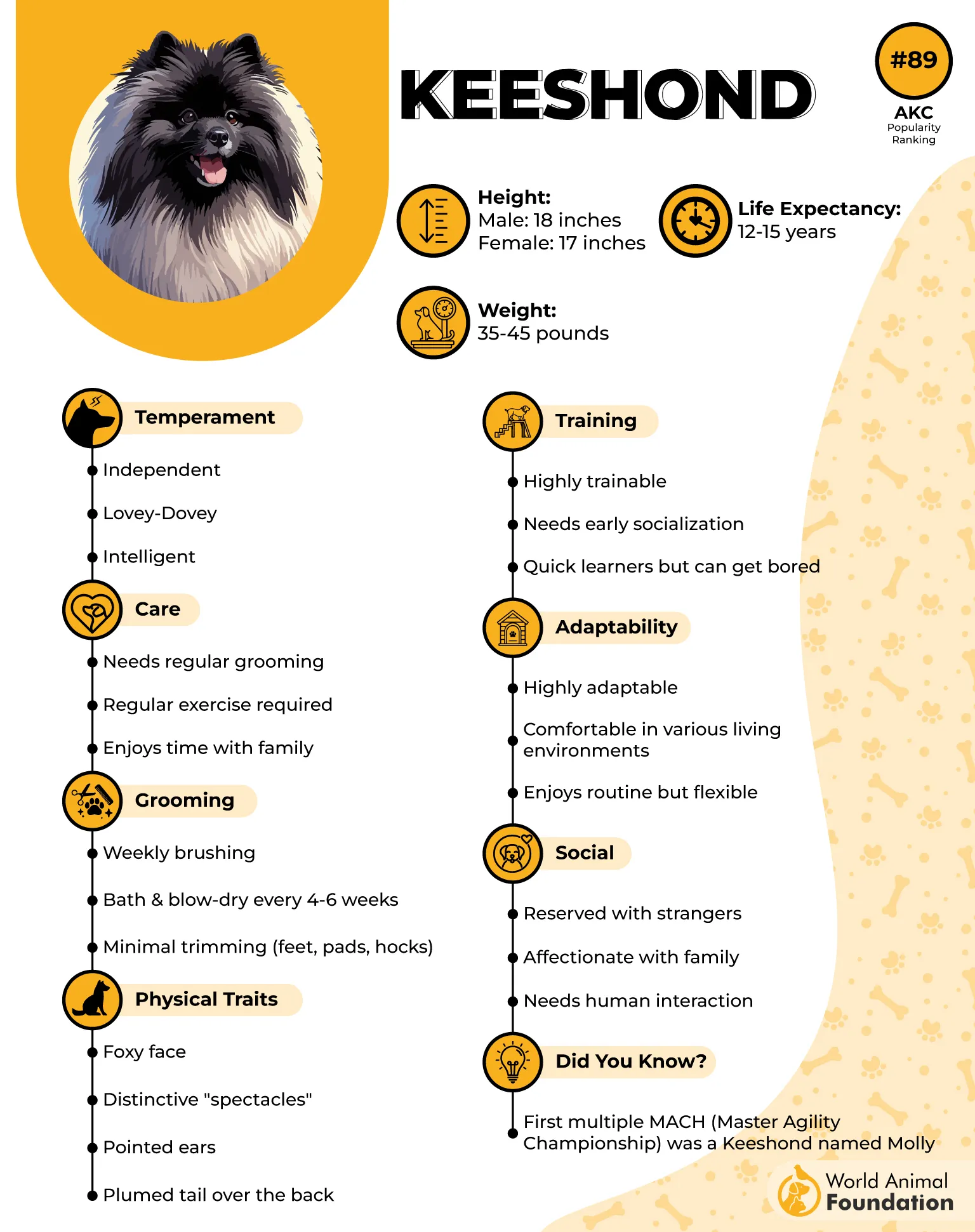
They’re also quite social, so distractions (like people or other dogs) might throw off their focus.
Patience, playfulness, and positive reinforcement go a long way.
Keeshonds, some of the smartest dogs ever, benefit from short, engaging training sessions rather than long, repetitive drills.
They’re absolutely trainable with consistency and a sense of humor—just on their own slightly quirky timeline.
6. Manchester Terrier

The Manchester Terrier is a small, sleek breed with a sharp mind and a spirited personality. These dogs are bright and curious, which helps in training, but they can also be a little too smart for their own good, making them occasional rule-benders.
They pick up basic commands quickly, especially when training is fun and varied. However, you can’t tag them as the most obedient dog breed, as their independent streak and high prey drive can make them selective listeners, especially outdoors.
A squirrel or rustling bush can undo your “stay” command in seconds if they’re not well-managed.
They are smart, quick learners and can be obedient with proper training, as per the AKC.
They’re alert, responsive, and curious — traits that help them pick up on commands quickly. However, their independent nature and strong prey drive can make them a little headstrong at times.
Consistency and early socialization are key. Manchester Terriers thrive with firm but gentle leadership and enjoy learning when it feels like a game.
They’re trainable, but they like to question instructions—so be ready to stay one step ahead!
7. Papillon
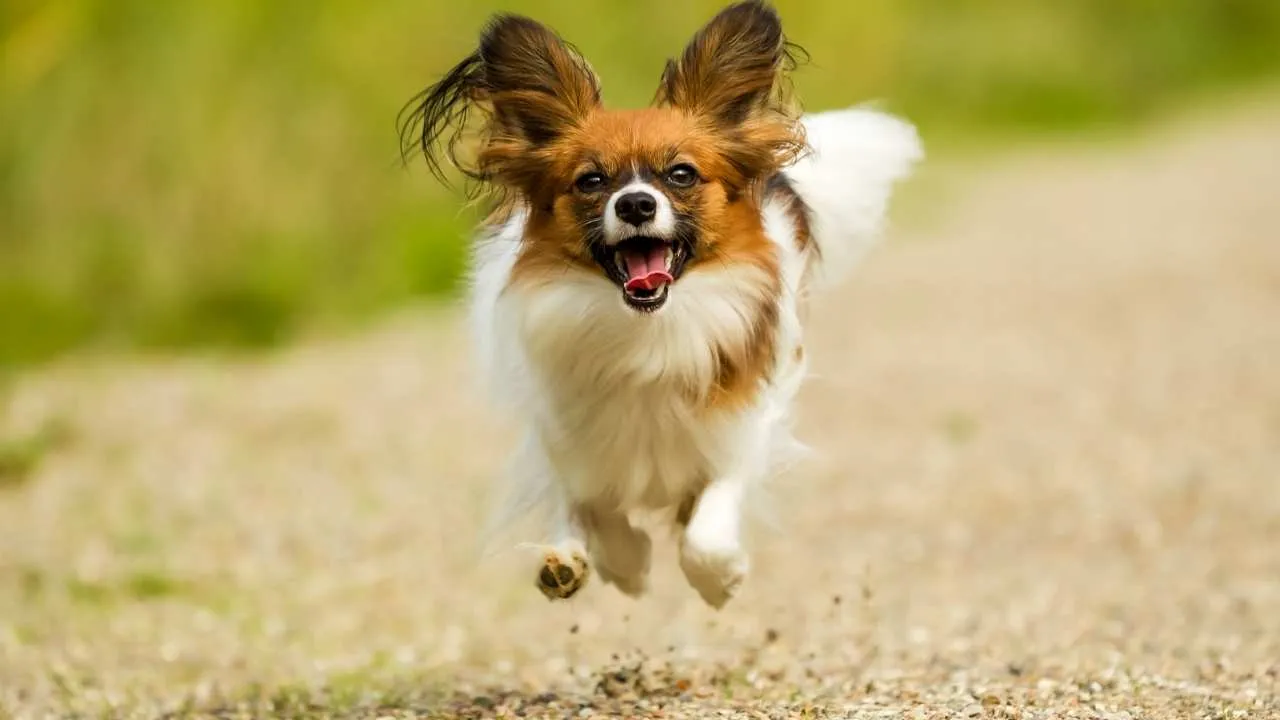
Despite their dainty, butterfly-like ears and small stature, Papillons are bright and bold when it comes to learning. They’re actually one of the most trainable toy breeds, though their size and sass can make people underestimate them.
They excel in obedience and agility when properly motivated. They’re quick to learn and love being the center of attention, but their big personalities can lead to overconfidence, especially if they sense inconsistency in training. Early boundaries help set the tone.
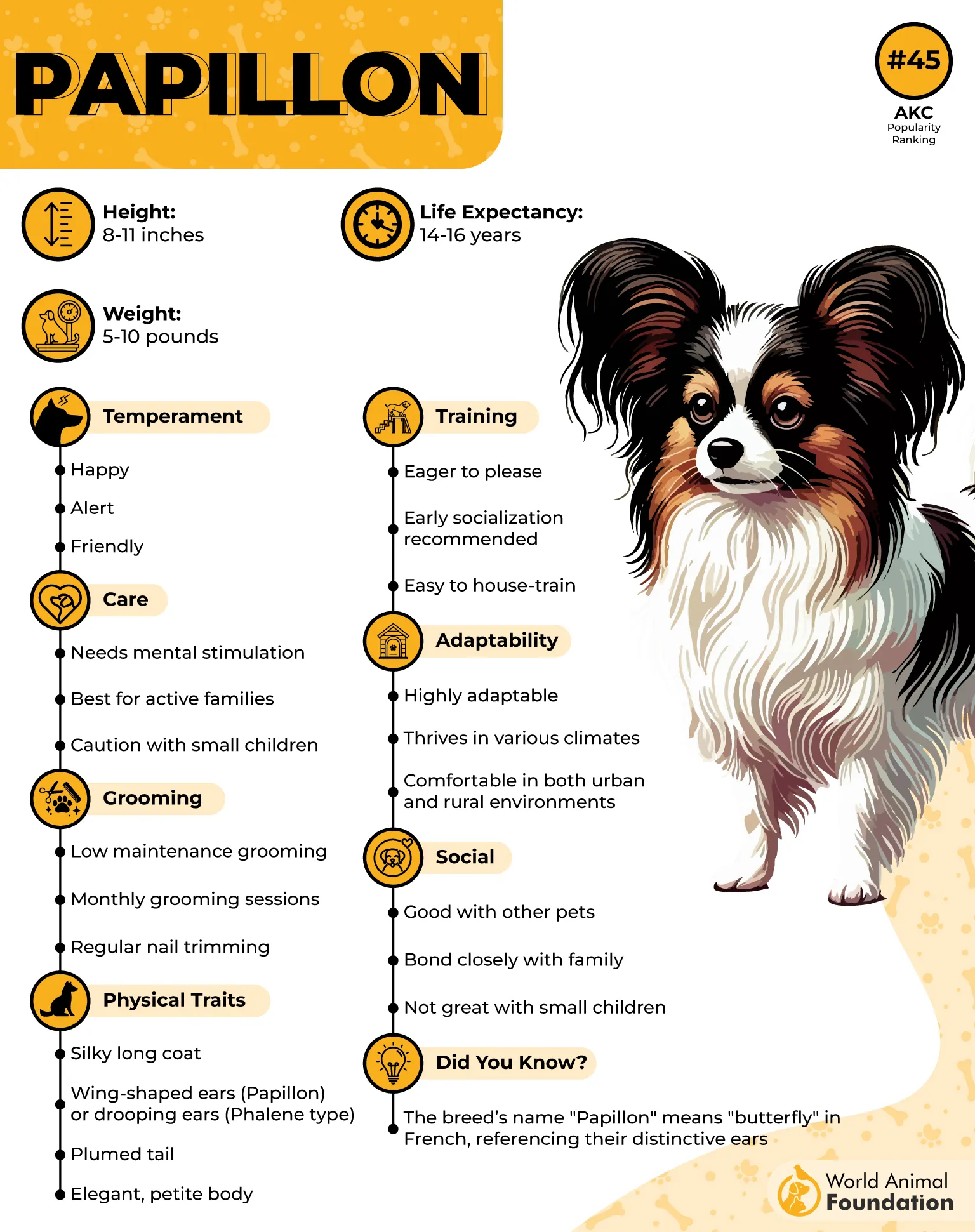
Not commonly used as full-service dogs due to their size, but they can be excellent emotional support animals (ESAs) and sometimes trained for alert work (like detecting seizures or anxiety triggers) in a psychiatric service capacity.
Their alertness can sometimes lead to yappiness or excitability, especially in unfamiliar settings. However, their intelligence and eagerness to please make them great training companions. With the right structure and positive energy mix, Papillons prove that big brains can come in small, fuzzy packages.
8. Pembroke Welsh Corgi
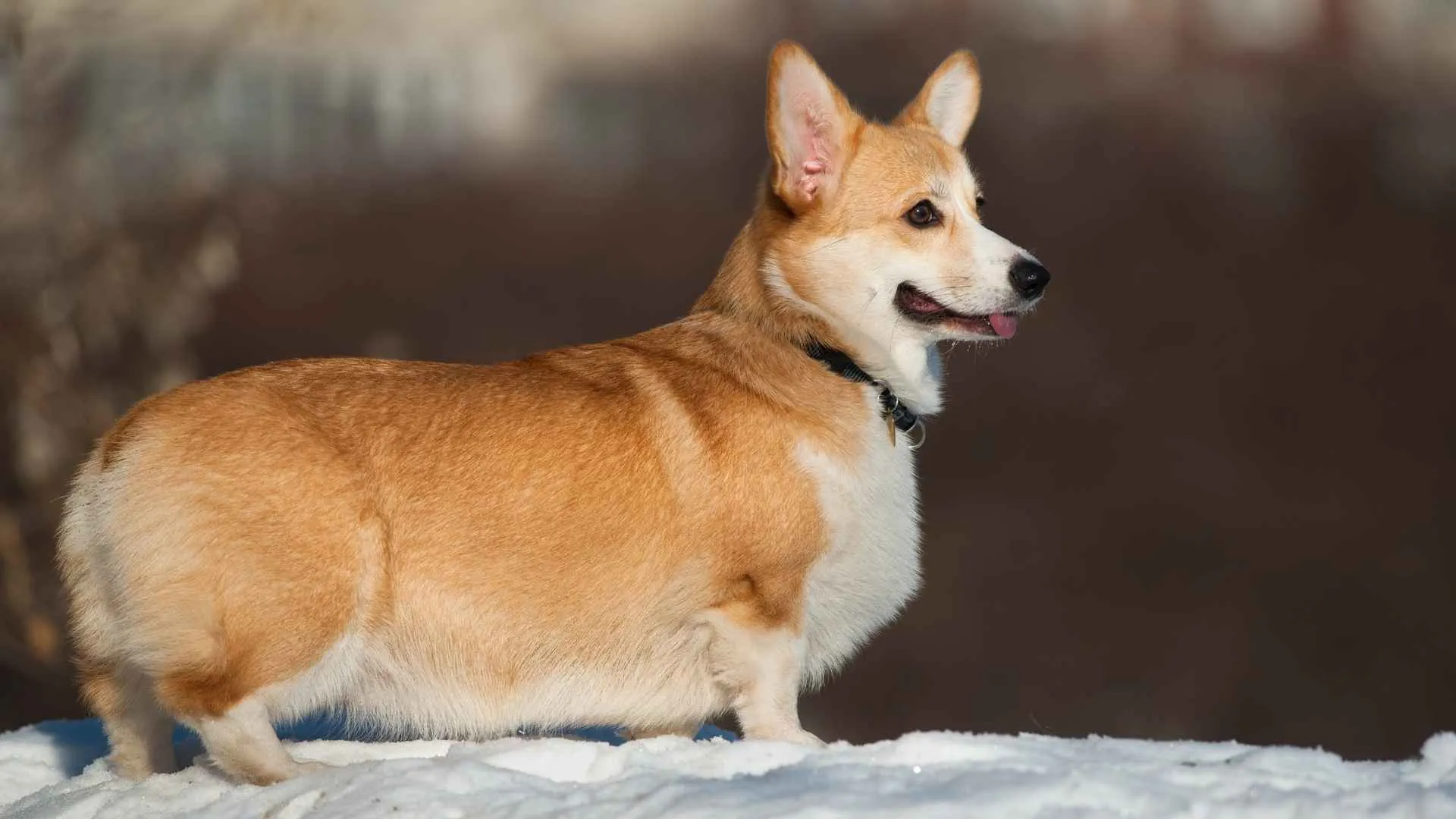
Pembroke Welsh Corgis are known for their adorable stumpy legs and charming personalities, but they’re also surprisingly sharp in learning.
Originally bred for herding cattle, they have a bold spirit and a strong desire to please.
They are highly trainable dogs and can pick up commands quickly, but their stubborn streak and occasional bossy attitude can slow the process. They do best with owners who are consistent, calm, and use reward-based methods. They’re also food-motivated, which makes treats a powerful training tool (watch their weight!).
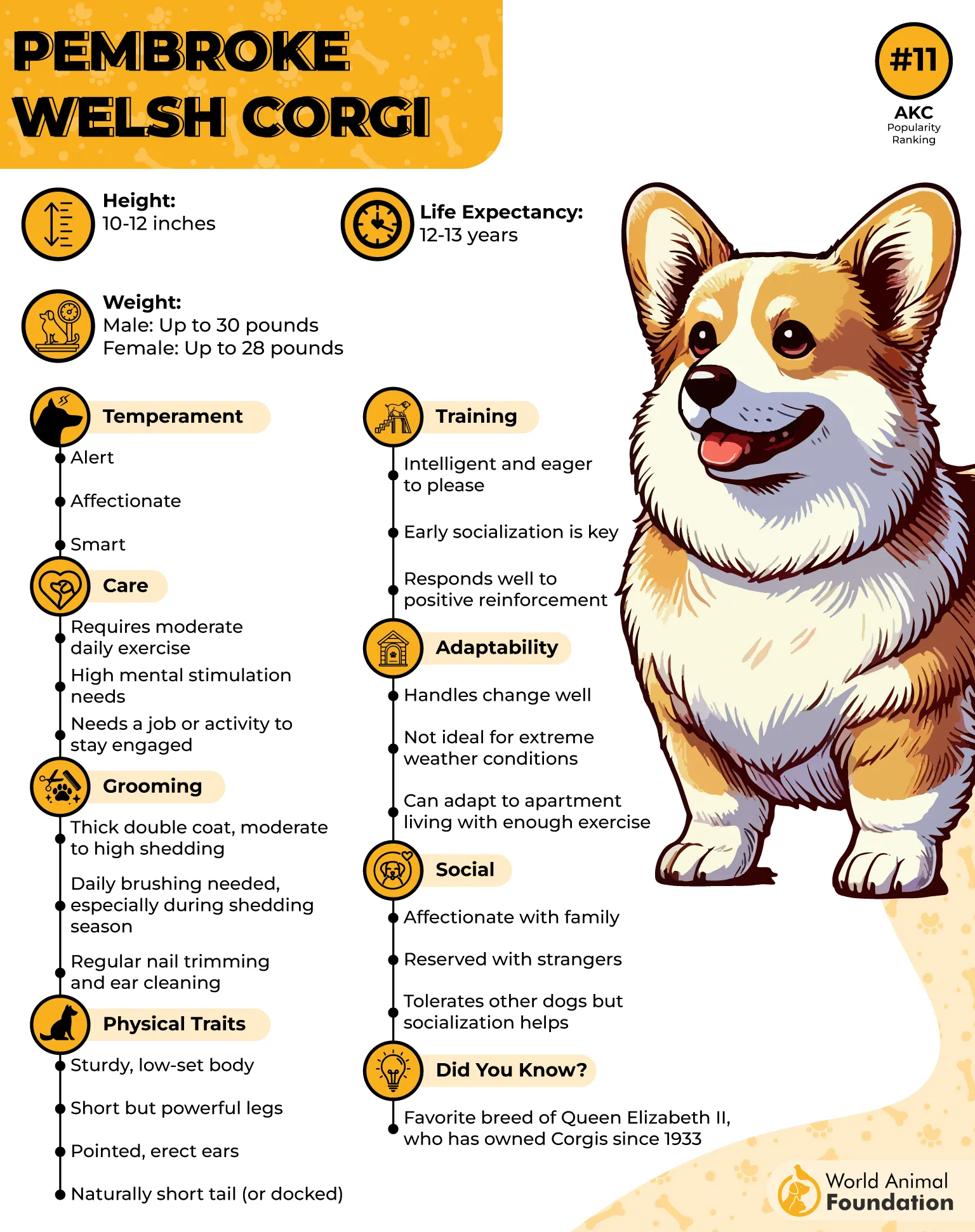
They are food-motivated and praise-hungry, so using treats, toys, or enthusiastic praise for desired behaviors works best. Harsh training methods or negative methods may make them stubborn or shut down.
Because of their intelligence, this obedient dog breed can get bored with repetition. Keep training sessions fun, varied, and short to hold their attention.
With a bit of structure and much love, Pembroke Welsh Corgis become wonderfully trainable companions who enjoy showing off their skills.
9. Cardigan Welsh Corgi

Often mistaken for their Pembroke cousins, Cardigan Welsh Corgis are a bit more reserved but just as trainable.
They’re thoughtful learners, which means they may not be as fast to respond, but they’re incredibly consistent once they understand what’s expected.
According to the AKC, these dogs tend to be slightly more independent, so early socialization and gentle firmness are key. They love routine and respond well to calm, structured training. While they might not be as eager to show off, they’re steady, reliable, and loyal learners.
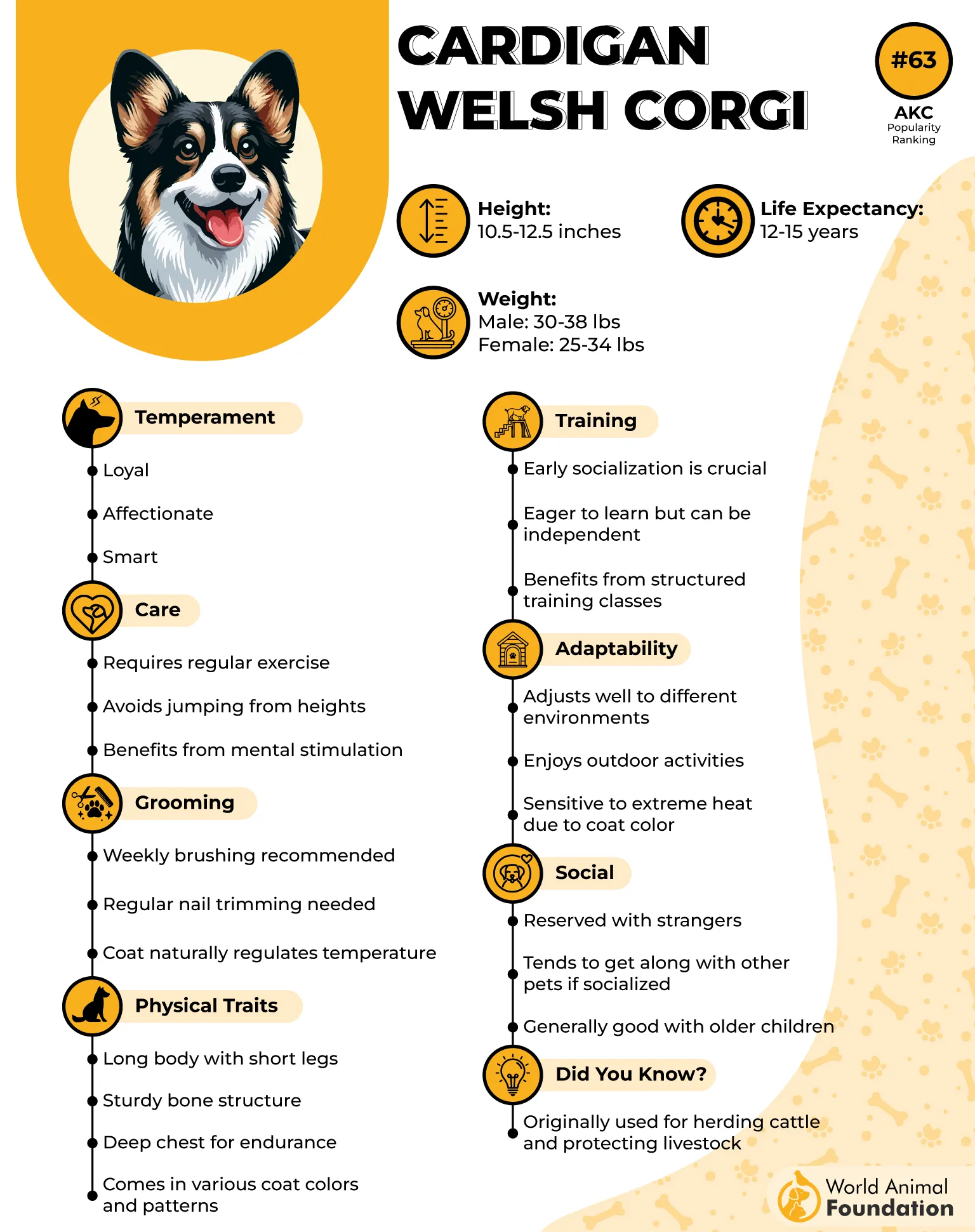
Because they were also bred to herd, they enjoy having a task and do well in obedience and agility when properly motivated.
These herding dogs are a great choice for owners who appreciate a dog that thinks things through and sticks with what they’ve learned.
Conclusion
Average trainability doesn’t mean average fun—it means you get a dog who can learn, listen. A-trainability breeds are the right mix of charm, challenge, and companionship.nd grow with you, without the intensity of a high-drive working breed or the stubbornness of an ultra-independent one. These dogs offer a perfect balance for many pet parents.
Whether you’re working with a cheerful Golden, a determined Corgi, or a brainy Papillon, the key is to approach training with patience, playfulness, and consistency. These breeds respond best when training feels like a game, not a chore.
Some other dogs that are considered to be highly intelligent dogs are German shepherds, Doberman pinschers, Border collies, Australian shepherds, Australian cattle dogs, and Miniature schnauzers.
They may not master commands on the first try, but they’ll get there with time and make you smile along the way. In fact, that journey together often builds a deeper bond than instant obedience ever could.


